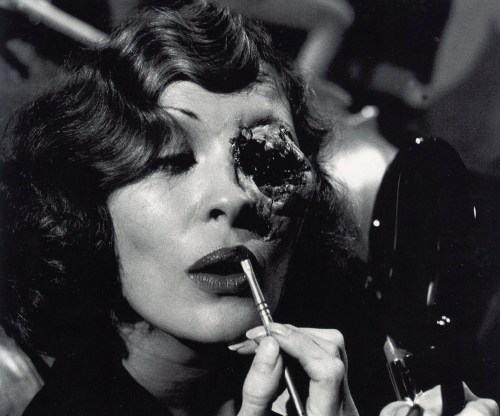Film stills from 'Suna no Onna (The Woman in the Sand) / newly acquired record rack (made in Sweden!) / pie / Kiss Kiss by Roald Dahl
The weekends become increasingly more important as winter inches nearer, and the nights grow even longer, dusk now falling some time between 4 and 4:30 pm. By the time I leave work during the week, it has already been dark for about an hour, skewing one's perception of time. So I try to take advantage of my weekends, the only time I can go out and wander around Malmö without turning on my bike headlights.
Saturdays are the best days for doing things. On Sundays nearly everything is closed, or at least feels that way. Sundays are good days for cycles to the beach, which is a rather soothing place when it is cold and grey. Last weekend when I saw an old man swimming - it was probably 6 degrees at best. I am sure he has been swimming in November for many years. Old people are very resilient, I find.
Yesterday was a day of small achievements for me. I saw a fantastic film at Cinemateket, Suna no Onna (The Woman in the Dunes) as part of the Japanese New Wave series they are showing this season. Though visually captivating, I was also able to actively engage myself in the narrative as my Swedish comprehension appears to have reached the level where I can easily follow Swedish subtitles. A small coup as I continue to attempt to carve out a life for myself here.
After the film I challenged myself to make a meat pie, including the short crust pastry shell. My culinary skills are pretty hit and miss (though somewhat improving) and I began to think I had bitten off more than I could chew. (this would literally, be the case when it came time to consume the pie.) I conveyed my fears to a pie maker of some repute, who told me it would be a success and that I was "excellent at making mince". The pie, I must admit, turned out better than expected. I even went back for seconds.
Sunday I went to a second hand store, ostensibly hunting for a gift for someone and naturally coming away with a few for myself instead, coming away with a near perfect condition record rack in handsome navy to house my slowly expanding collection of singles, and a lucky find of a collection of short stories by Roald Dahl, the blurb on the back cover proclaiming "If your taste is for the macabre, the sick, the outrageous, the unexpected, the horrifying - Roald Dahl will give you orgiastic delight. If not, you are going to miss one of the most sophisticated collections of short stories in print."
I look forward to some sophisticated orgiastic delights from Roald Dahl, starting with my lunch break at work tomorrow.





























































